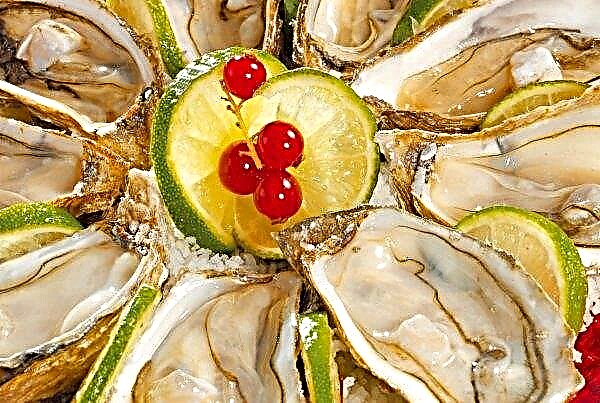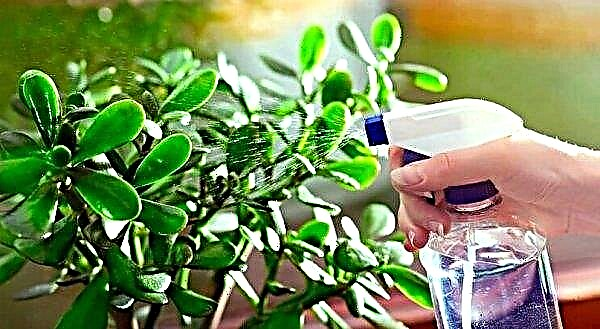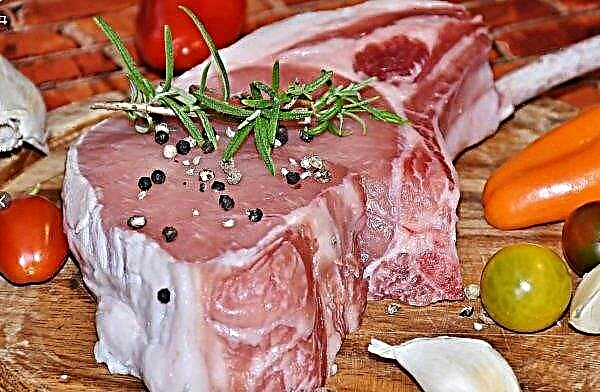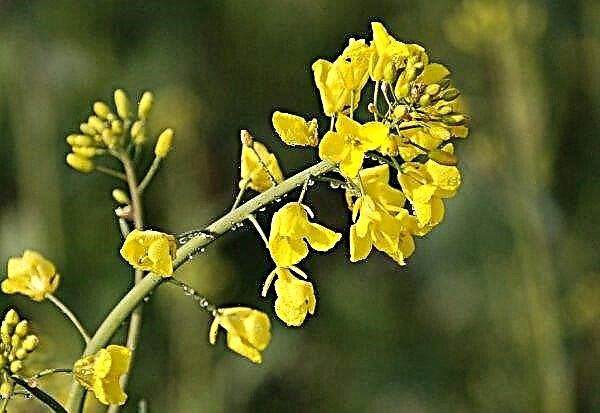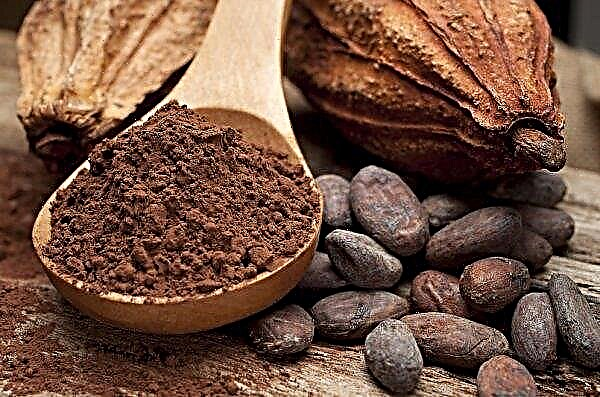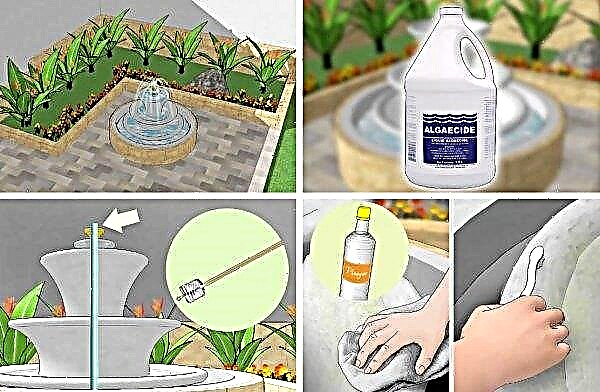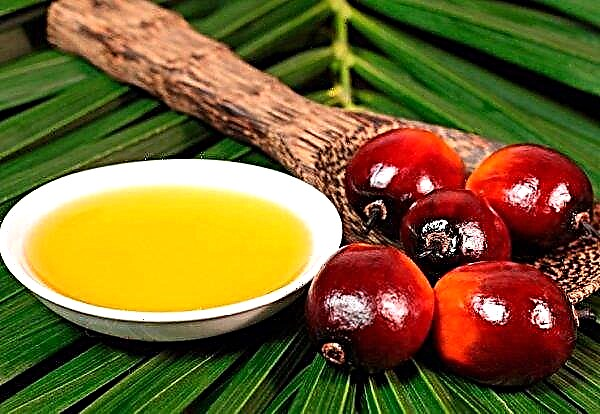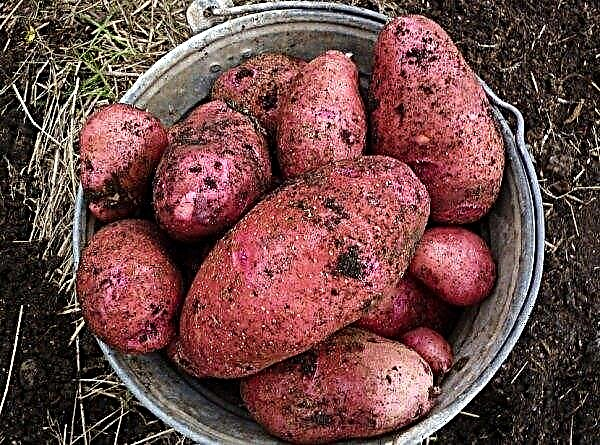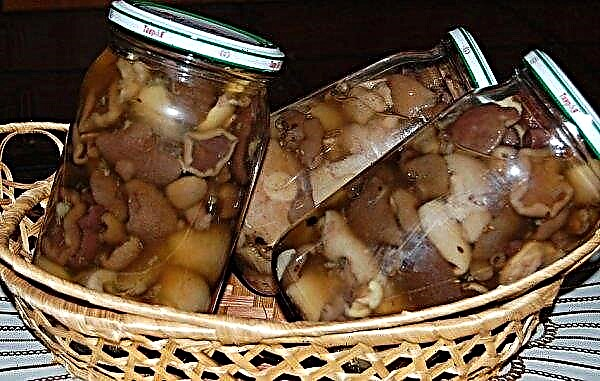The cultivation of cabbage requires compliance with agricultural technology, otherwise various problems may arise. And one of them is the lack of development of a head of cabbage. If such a nuisance has occurred, urgent measures should be taken, but first you need to find out the reason. Let's figure out why the head of cabbage does not curl and what to do to get a good harvest.
Reasons for stopping the vegetable growing season
There can be several factors for which cabbage does not develop. Most often, ovaries do not form under unacceptable weather conditions or in violation of the rules of care.
If the summer turned out to be cold or too hot and dry, the culture is not able to develop normally.Important! For the growth and development of cabbage bushes, an air temperature of + 18 ... + 20 ° C and a humidity of at least 60% are required.
Another cause of poor development is defective seedlings or seeds. Weak seedlings grown in poor soil rarely form forks. Also, seeds with a large number of rejected specimens or giving painful seedlings should be alert.
There are other reasons that adversely affect the development of cabbage:
- Too little light. Culture loves the sun and well-ventilated areas. In the shaded area, the seedlings will give a spreading green of a dark green color. Light is especially important for later varieties, since daylight at the stage of head formation is already too short.
- High acidity. The optimum soil acidity for the crop is 6.5–7.5 units.
- Dense planting. Lack of air provokes the plants to struggle for life. In this case, they will not tie the forks, but will release a large amount of greenery, which is unsuitable for food.
- Trace deficiency. Cabbage for tying needs a sufficient amount of nitrogen and potassium, so you need to follow the regime of fertilizing and the rules of crop rotation. Fertilizers are especially relevant during the rooting of seedlings and in the first stage of growth.
- Lack of moisture. Cabbage will not form forks due to insufficient watering. As a result, the seedling lacks nutrition, and instead of a head of cabbage, it releases a flower arrow.
- Heavy soil. If you do not loosen the soil, this can lead to a lack of oxygen in the root system.
- Pests and diseases. By hitting a plant, they weaken it so much that cabbage is unable to tie forks.
Did you know? There is such a popular sign: heads of cabbage of late varieties are tied up when the day is waning.
What to do if cabbage is not tied in a head out, than to feed or water
Speaking about feeding cabbage, it should be remembered that this culture loves neutral and slightly alkaline soil, so optimal acidity should be achieved initially.
Manure feeding
Perform this procedure depending on the type of vegetable (early white, mid-ripening or late).
It is good to make organic fertilizing in the fall, when digging. Plowing should be thorough, not less than 40-50 cm in depth. 6-7 kg of rotted (permissible fresh) manure will be needed per square meter of the plot. Instead, you can use chicken droppings, but the calculation will be different - 300 g per 1 sq. m
Organic fertilizing reflects well on the composition of the soil: they saturate with micro and macro elements, humus, which are simply necessary for cabbage. If you didn’t manage to fertilize the soil in the fall, you can top dress in the spring, 2 weeks after transferring the cabbage to a permanent place. To do this, manure is bred in water (1: 5).
If the mullein was introduced in the fall, the first top dressing is carried out 14 days after planting. But for this, nitrogen fertilizers (urea, ammonium nitrate) are used.
Important! The urine of animals contains a lot of ammonia, therefore, to evaporate, the solution should be aged 2–3 days.
The second top dressing is performed before the formation of the ovaries, when 8–9 leaves are formed on the plant. Then, 40 g of ash (per bucket of solution) is added to the solution with manure.
2 weeks after the second top dressing, the soil is watered again. To do this, take slurry or a mixture of mullein (0.5 kg per bucket of water).
Fertilizing the soil with herbal infusions
Nettle tincture is popular among gardeners. This plant is rich in various trace elements and vitamins that will benefit cabbage. Nettles are cut, put in a tank, filled with plain water and left in the open sun for fermentation. ½ cup of fermented mixture is dissolved in a bucket of water and cabbage is watered with such a composition.

Yeast Feeding
Heads develop well if planted with a fermented yeast solution. 100 g of yeast is dissolved in a bucket of warm water, a spoonful of sugar is thrown and left to ferment. A glass of the prepared solution is diluted in a bucket of water and used as top dressing.
Important! It is better to use this method in the evening, when the soil warms up well. Before the procedure, the soil should be moistened.
Boric acid for ovary
If no forks are formed and the cabbage looks weak, you can treat it with boron acid using the foliar method to head out. To do this, the powder (2 teaspoons) is dissolved in two liters of heated water. After the solution has cooled, add another 9 liters of cold water and treat the plants.
What to do to get juicy heads of cabbage
If the cabbage does not form forks, various methods of preparation and hardening of the seed material are used, and they also organize proper attention during the growing season.

Preparation of seeds and plot for planting
The main reason ovaries do not appear is the soil. Often the land is depleted and deficient in minerals.
Here's what you need to do to increase soil fertility (calculation per 1 sq. M):
- make a glass of wood ash;
- add 50 g of potassium sulfate;
- add 70 g of phosphate fertilizer.
In the autumn, the site is dug up, adding rotted manure, and in spring the soil is only leveled with a rake. To seedlings fell into the fertile layer and well rooted, they plant it "under the chopper." The selected location should not be in the shade.
Important! Qualitatively bear fruit in one place will be no more than three years. It is good if in the previous season legumes, potatoes, cucumbers or carrots grew on the site. Do not plant cabbage where cruciferous plants were cultivated before.
When choosing seeds, you should not be tempted by bright, promising packages. Seeds may be of good quality, but not at all consistent with climatic conditions. A variety can negatively respond to extreme conditions, including not forming forks.
If the variety is selected correctly, then the planting dates should be observed. Before planting, the material is treated with potassium permanganate to prevent infection of the future plant with diseases.

Dates and rules of landing
If the seedlings are planted at the wrong time and in the shade, then it grows up, and the head of cabbage does not form, so the timing in this matter is important.
Early varieties are sown no later than March, then in June you can harvest. Mid-season varieties should be planted at the end of April, and late species at the beginning.
Seedlings of early varieties are transferred to a permanent place in mid-May, the rest - June 1-10. The distance between the bushes also plays a role. For early varieties, it is 40–50 cm, for later varieties 60–70 cm. Seedlings are buried to cotyledons.
Did you know? People have always associated cabbage with the phases of the moon. For salting, for example, it was customary to cut it only in the September full moon.
To tie the leaves, add to the hole:
- humus - 500 g;
- ammonium nitrate - 3 g;
- superphosphate - 7 g;
- potassium salt - 3 g.

Prevention methods
Diseases and pests are harmful to forks. They just don't let the heads of cabbage grow.
But competent preventive measures will help save the plant and get a good harvest:
- Insecticides. Scared away from the cabbage of the main enemy - the cabbage fly. Experienced gardeners are advised to spread tobacco dust mixed with ash and sawdust on the beds.
- Actellik. Timely treatment of a young plant with the drug will protect the cabbage from butterfly scoops. For adult plants, when a head of cabbage has already begun, a gluttonous pest is not terrible. This drug will help with cabbage moth.
- Hot pepper broth. It serves as an excellent prophylactic against various viruses and bacteria.
- Horsetail and Marigolds. The neighborhood of these plants will help protect cabbage from fungal diseases.
Important! The main difficulty in protecting cabbage from diseases is that it is undesirable to treat the bushes with chemicals at all stages of the growing season, and after tying, the fork is completely taboo.
It is also important to timely identify and prevent the main diseases of cabbage, which can destroy the crop.
The most common diseases and preventative measures:
- White rot. Follow the rules of crop rotation, timely harvest, avoid injury to the forks.

- Gray rot. Adhere to crop rotation rules, apply moderate amounts of nitrogen fertilizers, and remove tops in time.
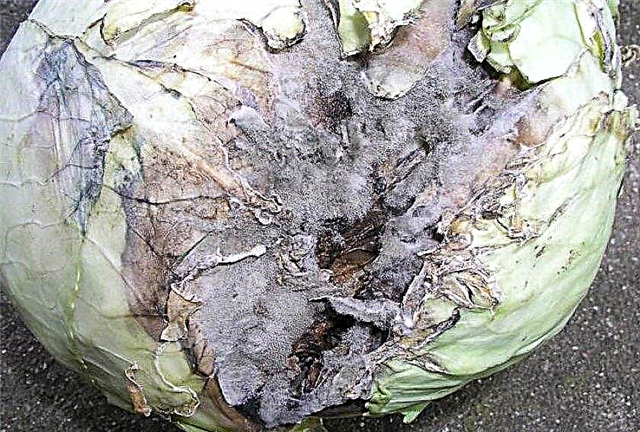
- Kila. The main enemy of cabbage. It is impossible to cure the disease. The risk of damage can reduce the soil treatment by cumulus, and in greenhouse conditions, and conduct heat treatment of the soil.
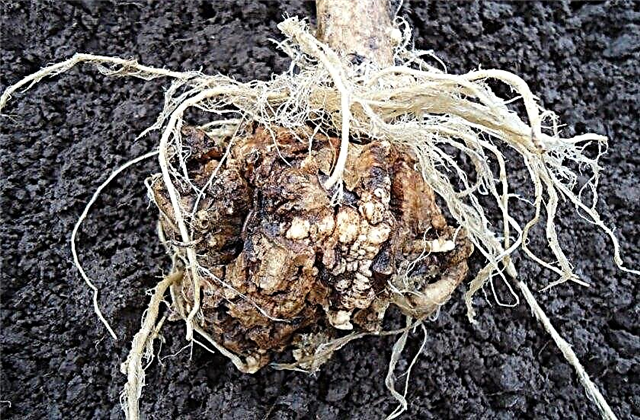
- Fusarium wilt. It is recommended as a preventive measure to treat the earth with a solution of copper sulfate (5 g per bucket of water).
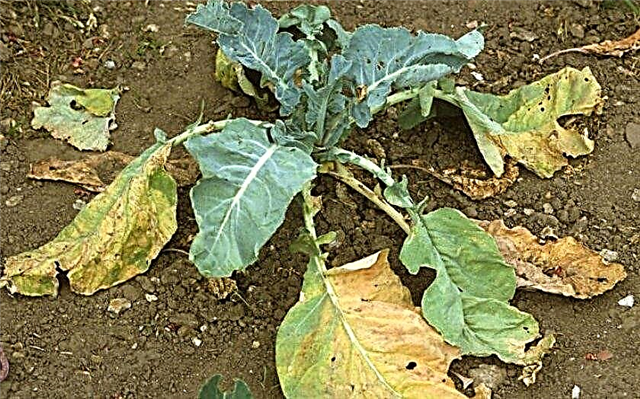
- Mosaic. Fighting is useless. Weeds should be carefully weeded and treated with insecticides.
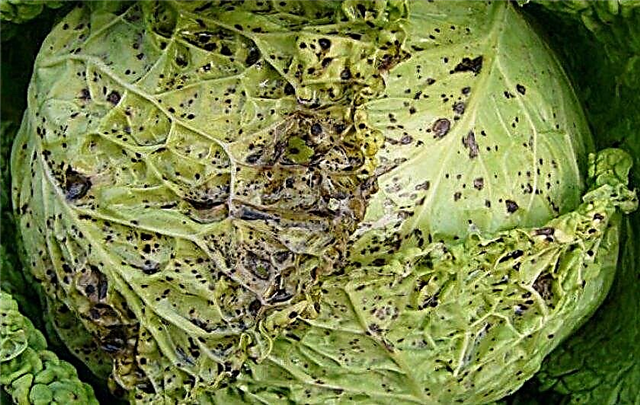
- Peronosporosis.. With the support of culture-friendly conditions, fungal infections are minimized.

- Blackleg. Seedlings are treated with biological products (Planriz, Bactofit, Fitosporin, Fitolavin-300).
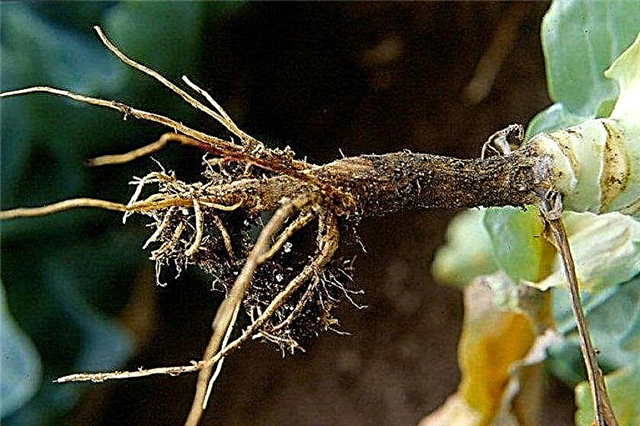
Did you know? There is a popular sign according to which, when planting seedlings of cabbage, one should often clutch one's head tied with a towel or scarf. Then the forks will be tied without problems.
Setting heads is not an easy process, which depends on the quality of the seeds and the growing conditions of the vegetable. Even elementary errors in the care can cause the cabbage to fail to produce a crop. You should not forget about top dressing, watering and preventative measures, and tasty, juicy forks will certainly ripen in your garden.








